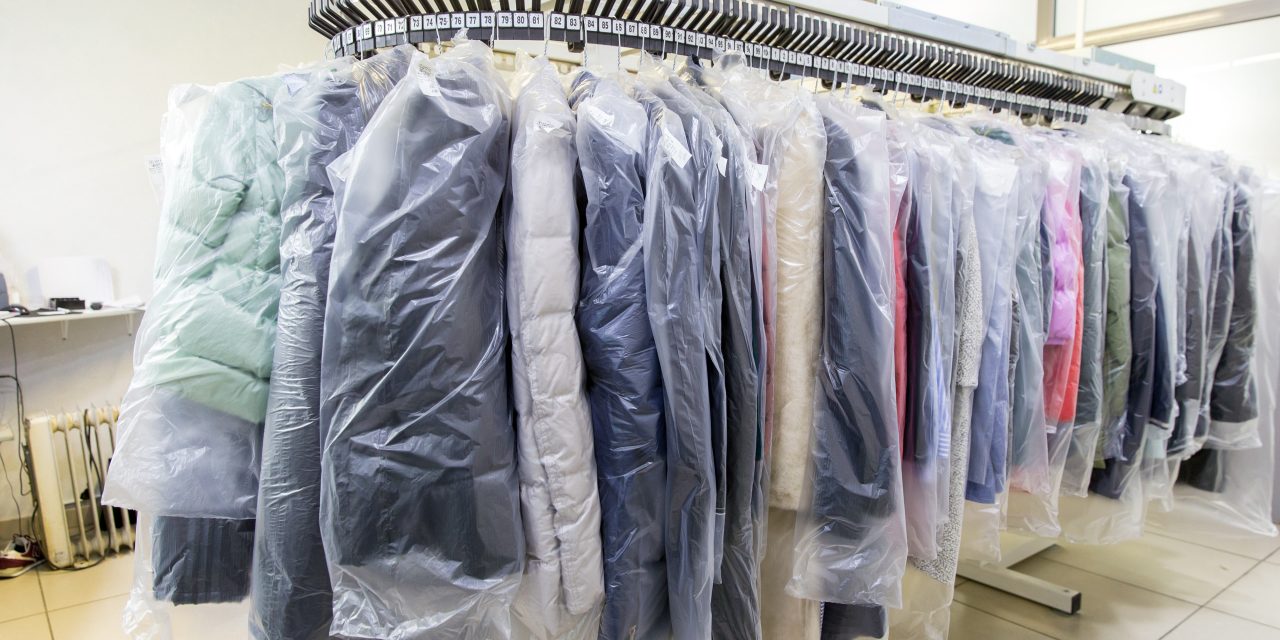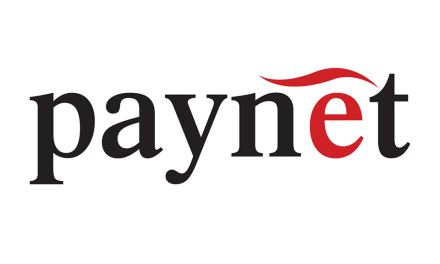Unlike basic laundry services, dry cleaners offer more than just convenience and time savings to their customers. While the obvious alternative to the services of a conventional laundry company is to simply do one’s own washing, the same cannot be said about dry cleaning—the equipment, supplies and techniques employed by dry cleaners cannot be as easily replaced or reproduced in the ordinary home. This makes dry cleaning enough of a specialized line of business for it to offer those willing to invest time and money on the idea the opportunity to create highly lucrative ventures in their communities.
Dry cleaning basics
What is dry cleaning?
Dry cleaning is the cleaning of clothing or textiles using a solvent other than water. The process basically involves “washing” items in a non-water liquid and it is called “dry” because of this absence of water. Tetrachloroethylene also called perchloroethylene or “perc”, is the most widely used solvent for this purpose. Dry cleaning is almost always performed by a dry cleaning machine. The functionality of this device resembles and combines that of an ordinary washing machine and that of a clothes dryer. Modern dry cleaning machines recover more than 99% of the solvent used in cleaning clothes and therefore vastly reduce the number of solvent supplies than are required by dry cleaning companies for their operations.
Benefits of dry cleaning
There are many reasons why people would prefer dry cleaning to ordinary washing. For one, while many natural fabrics can be washed in water, there are some synthetic ones like cupro, modal, lyocell and viscose which fare poorly in water and hence need to be dry-cleaned. There are also those delicate natural fibres such as wool and silk which while easy to dry-clean can shrink or lose shape and colour when washed in water. In addition to this, while dry cleaning is an optional luxury for some, it is a necessity for those who own items which come with explicit instructions that this is the only way approved way for them to be cleaned.
Starting the business
There are essentially two types of dry-cleaning businesses which customers interact with. The first of these is called drop shops and—as their name may imply—they do nothing much else other than receive items which are meant to be dry-cleaned from customers. These items are then forwarded to what are called plants for the actual dry-cleaning after which they are returned for collection by their owners. The plants in question are the other kind of dry cleaning business. Plants are those businesses which own and operate the actual dry cleaning equipment. Small plants can receive orders directly from customers while bigger ones will exclusively serve drop shops or larger organisations such as laundries, schools or hotels.
Nowadays several dry cleaning services and, in some cases, third parties also operate on-demand collection services which are facilitated by technology. In such cases, mobile or web apps are used to accept orders from customers and vehicles are then used to either collect or ferry items to customers. Those who want to venture into dry cleaning can therefore start by:
- Setting up a drop shop (which in turn uses the services of a bigger plant);
- Setting up a dry cleaning plant or
- A combination of any of the above.
Plan
Before you set up your dry cleaning company you must do some planning and you cannot do this without the research. Find out as much information as you can about dry cleaning—from the techniques and equipment used to the business aspects. Conduct the necessary market research for where you want to set up operations, survey the competition and calculate the resources—usually capital—needed to get started. After all this, you can then put all your findings and plans into a business plan.
Find the expertise
Nowadays dry cleaning machines can be quite smart and sophisticated pieces of hardware but no amount of advanced functionality can completely replace the need for a knowledgeable human being operating the wheel.
Operating a dry cleaning plant still involves a lot more than just blindly feeding all received clothing items into the machines—conducting this business in such a manner will almost certainly result in your business losing a lot of money just from compensating customers for damaged items—remember that most of the items which get dry cleaned are expensive. For starters, not all types of clothes can be dry-cleaned but this will not prevent some customers from submitting these or blaming you for any of the resulting damage.
Also, not all stains can be removed by dry cleaning, so it is also usually necessary for the dry cleaning company to be able to find ways for dealing with these other stains. Knowledge like this which is required to run a dry cleaning business can be acquired by hiring someone who has already worked at other dry cleaners’ before or (less advisably) researching as much you possibly can about the business yourself.








